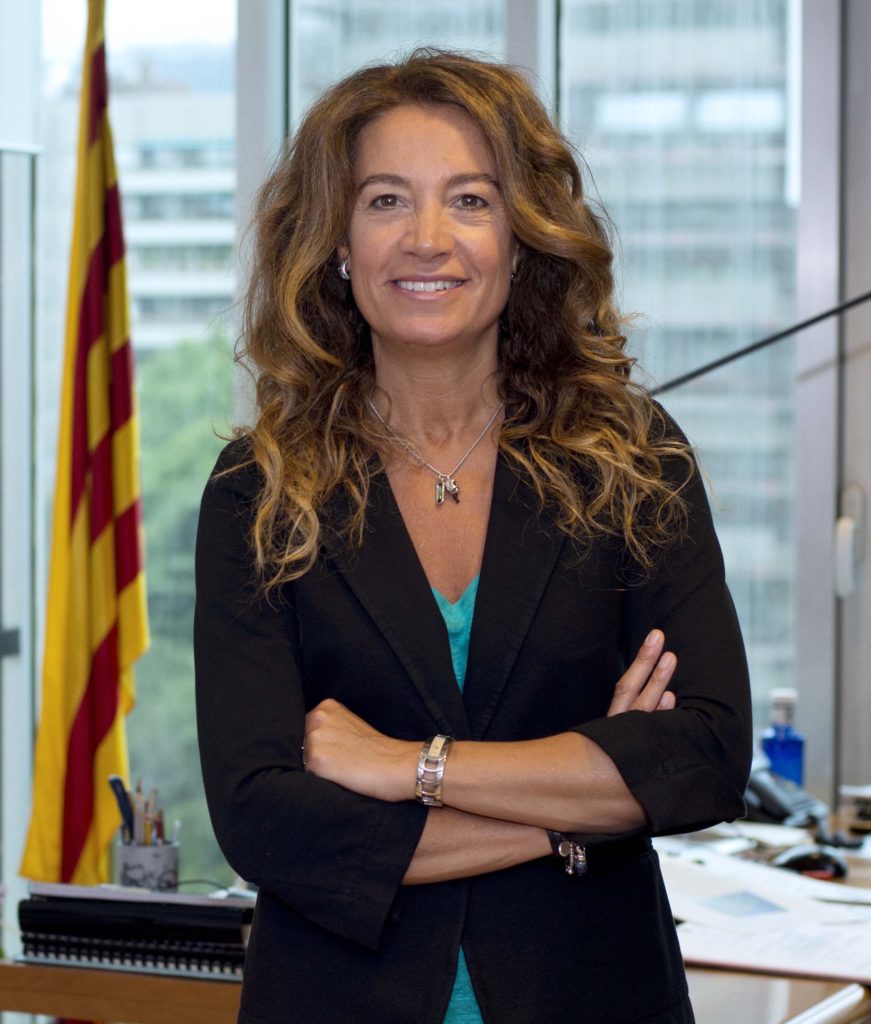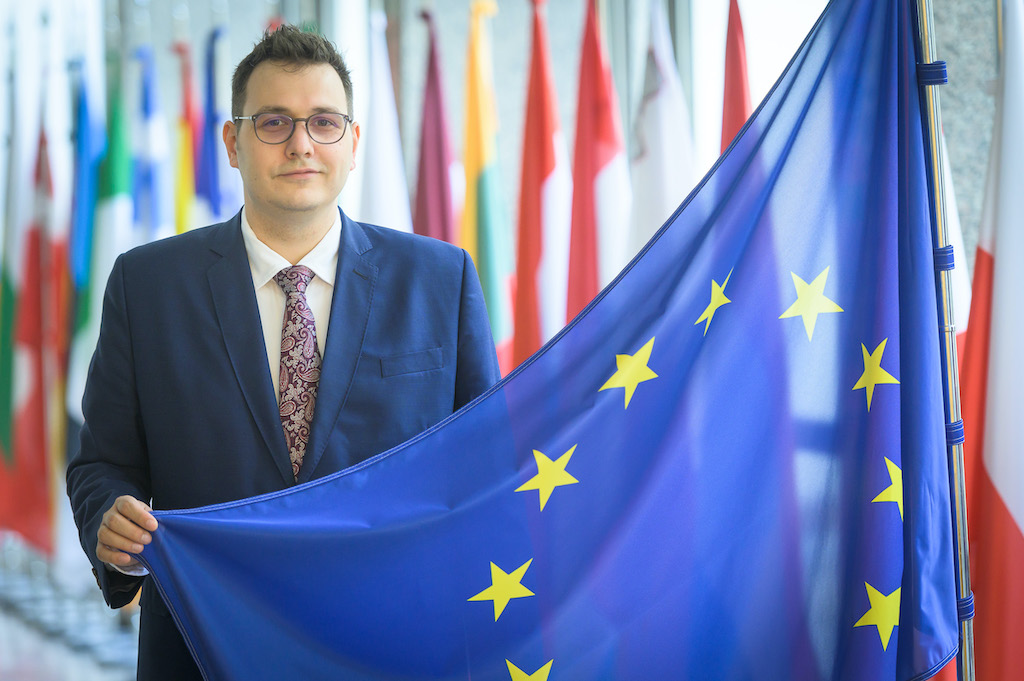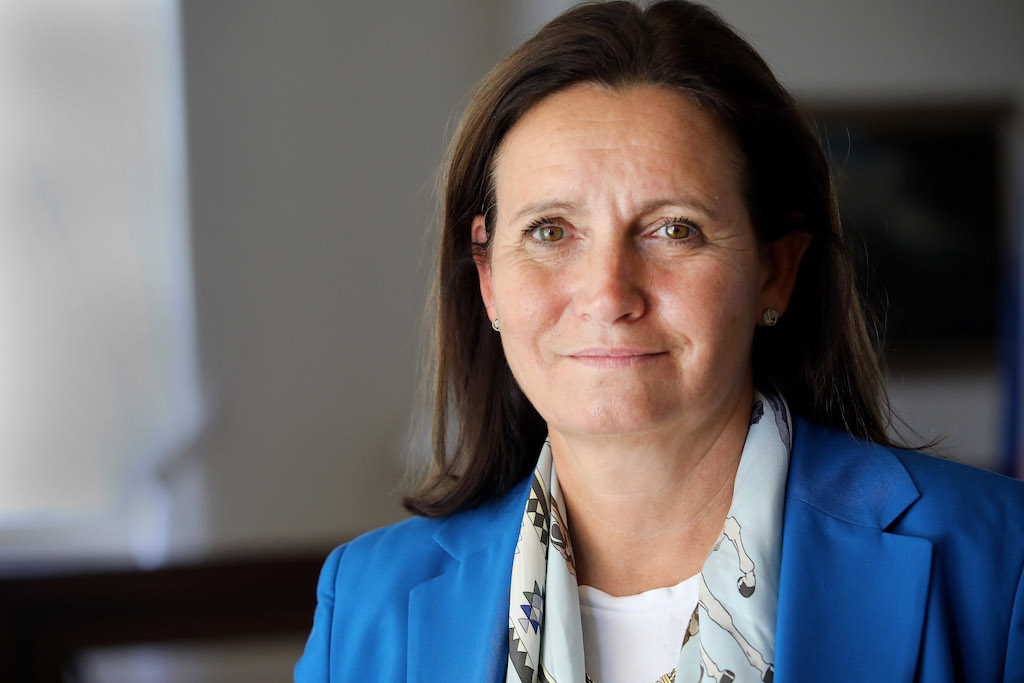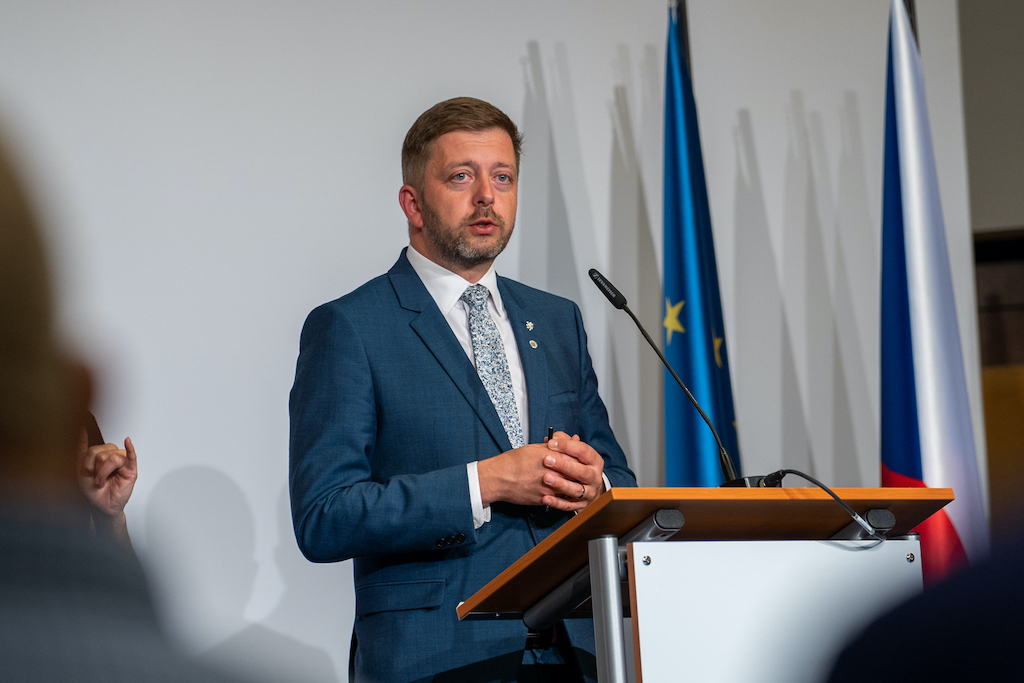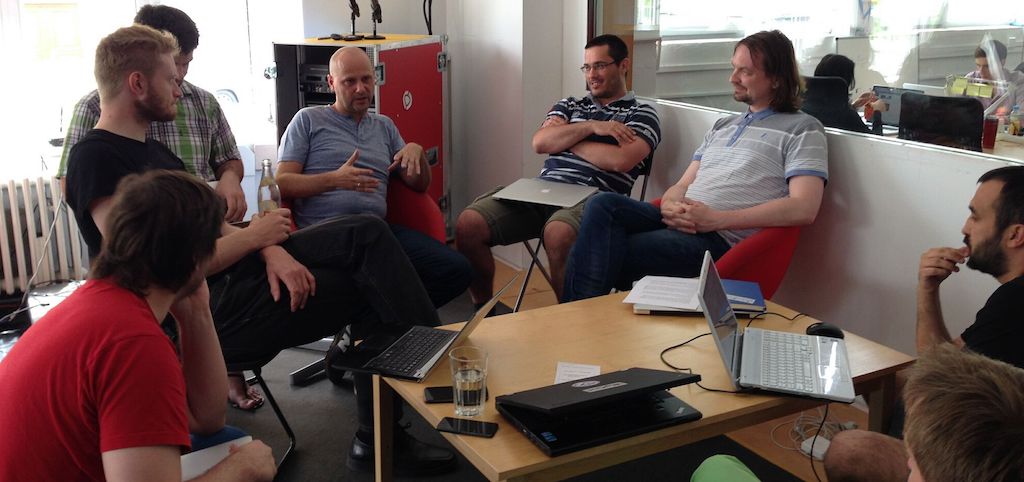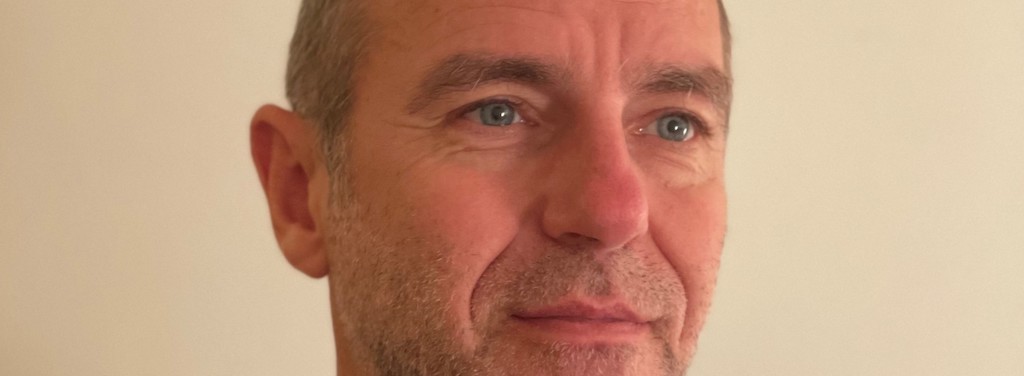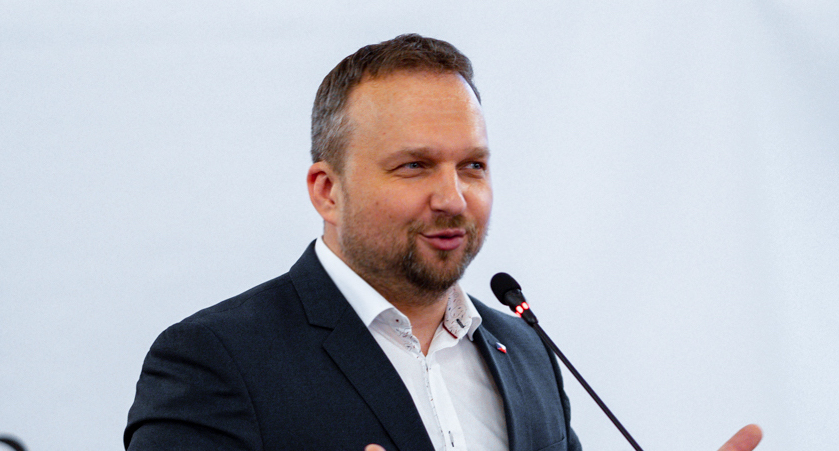From political transition to energy social and technological transition
Interview of Assumpta Farran, degree in Physics & director of the Catalan Energy Institute “Generalitat de Catalunya”.
The energy model, now over a hundred years old, is undergoing a transformation similar to the one we saw in the telecommunications sector just 15 years ago.
In the decarbonisation commitments acquired in Paris in December 2015, over 190 world leaders committed to the fight against climate change and, in particular, not to increase the temperature by more than 1.5ºC by the end of the century. In the political world there is no doubt that the energy model is the centre of the problem.
In November 2016, the European Commission presented the winter package, which comprises over 3,000 pages on the energy-climate strategy for 2030. This strategy contains directives, rules and regulations which, for the first time, are approached comprehensively and that will mark the “Clean energy for all Europeans” energy policy for the next decade.
One year later, in November 2017, the Commission presented the Clean Mobility Package policy package, which recognizes transport as a key element in energy transition, as it undeniably accounts for around 40% of final energy consumption.
In December 2017, the reports of the International Renewable Energy Agency (IRENA) and the International Energy Agency reveal the “disruptive” fall in the prices of photovoltaic solar energy. In less than 5 years, its cost has fallen by 80% and implementation cost have done so in geometric progression.
Noteworthy elements include the nuclear power-plant closure programme in Germany by 2022, and in Belgium, California by 2025, and their replacement by renewable energies.
In this shifting scenario, what role do you think energy agencies should play in energy transition?
I think the Commission itself has marked the way for us. In the first place, achieve energy efficiency, then lead growth of renewable energies and give fair treatment to consumers.
Energy efficiency and renewable energies in themselves are not innovative; in fact, the objectives set by the Commission and the Council –27% in the 2030 horizon– are less ambitious than those approved in 2008 in which binding renewables objectives were set at 20% , with a starting point of 6%, by 2020.
But what undoubtedly represents a differential change with respect to the 2020 objectives is the acknowledgement of the need to give fair treatment to citizens.
The energy agencies must identify and lead the actions so that the citizen is placed at the centre of the energy model and we must be fully committed to this, since the energy transition to a cleaner, equitable, distributed and democratic model will depend on it.

What aspects do you consider essential for progressing with the energy transition?
Energy is a basic consumer commodity. Its reliability, security and economic competitiveness will depend on the growth of our society being environmentally and socially sustainable. The current energy market, whether fuel or electricity, is characterised by little competitiveness among suppliers and almost inflexible demand. The liberalisation of the energy sector, which has not caused a real increase in competitiveness or affected the extreme external dependence on fossil fuels and uranium, has led to consumers’ increasing vulnerability and energy poverty is a reality that we must face urgently.
Therefore, administrations must guarantee the fundamental right for citizens to access energy. However, being realistic, with an external energy dependence of over 82%, as is the case in Catalonia, with prices decisions set by the priorities of the OPEC countries and other producing countries which, for the most part, are far from democratic, that guarantee is far from being a reality.
Therefore, the main tool to guarantee the right to access energy comes from unambiguously promoting domestic renewable energies and from stopping the more or less blatant subsidising of fossil fuels. The lower taxation on automotive diesel, even though it is the most polluting fuel, or capacity payments to coal and natural gas must have an expiration date set as soon as possible.
The fair treatment of citizens, one of the pillars of the European Union’s energy transition. What will it mean?
It is the biggest challenge, but also the most rewarding if we can take it forward. We are talking about pushing a social transition to make energy-democratisation a reality. That is perhaps difficult to understand. For the last 100 years our energy model has required high investments to maintain energy resources located thousands of kilometres away, and keep up high costs of processing plants, whether refineries or gas, coal or uranium thermal power stations. This energy model has put the system in the hands of oligopolies, since few companies can afford such large investments.
The renewable energies learning curve, especially, wind and solar photovoltaic energy, is giving results. Photovoltaic technology has reduced its costs by 80% in the last 5 years and, in countries where there are no absurd barriers to self-consumption, you can even buy solar panels in shopping centres. In other words, the technology to manufacture electricity, which is so expensive that it requires large companies, can be done at home at DIY prices. But that’s not all, the electrical storage systems needed to get the most out of domestic solar installations, are also falling in price. Well, that’s what the energy transition is all about. To introduce competition in the market through many small businesses that contribute to generation or non-consumption by citizens at certain hours and help generate real competition in the system.
Are you going to support the electric vehicle?
Of course: solar photovoltaic energy associated with battery storage alone will not achieve the change in the energy model. The increase in the market share of electric vehicles will be linked to an improved battery capacity and a reduction in their price. These are the same batteries that we will use for self-consumption, to add the energy generated by many citizens and market it, increasing their competition and lowering the costs of the electricity system.
Nor can we forget the flexibility that electric mobility will introduce into the electrical system. This flexibility will be very necessary as the weight of renewable energies increases, guaranteeing the necessary stability of the system when there is no sun or wind.
The electric vehicle will trigger flexible demand management and make it assume a role that we have not yet been able to develop, helping to flatten the electricity demand curve and add capacity to the system when necessary.
In fact, both solar-powered self-consumption and the electric vehicle make a perfect energy efficiency and renewable energy hybrid.
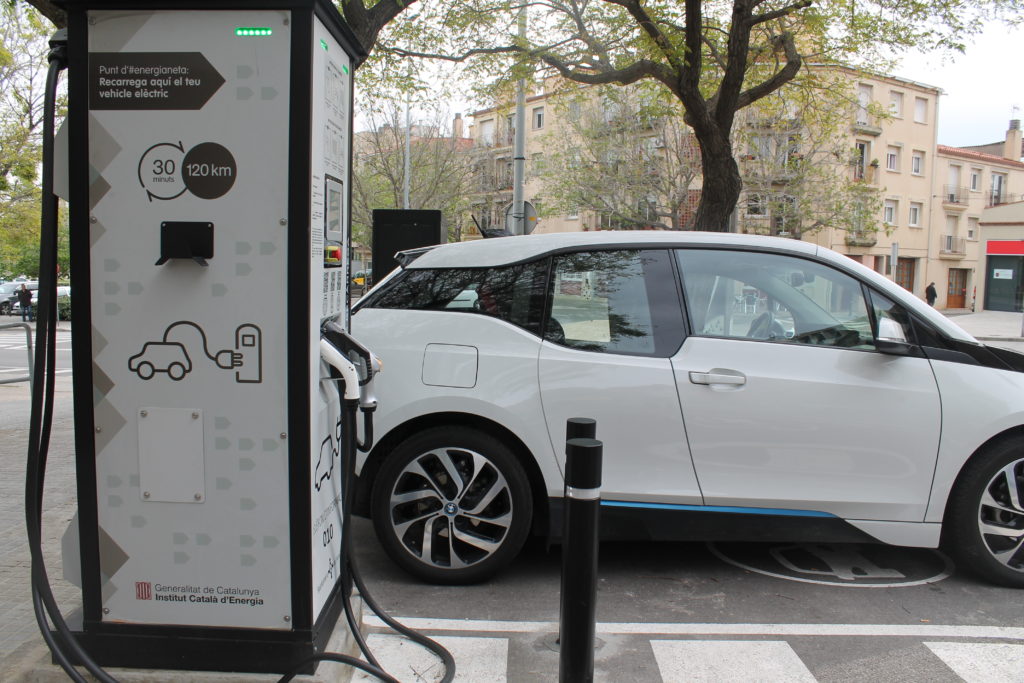
What lines of work will the Catalan Energy Institute prioritize?
ICAEN is leading the foundations of the National Pact for the Energy Transition in Catalonia, a social agreement process in which the essential axes for the energy transition design have been defined up to 2050 and which has set the goal of making 50% of the electricity consumed renewable by 2030. To this end, the energy-efficiency, renewable energy, research, innovation, taxation and financing commitments have been defined, as have the attentive approach to new business models linked to the aggregation of distributed technologies owned by citizens.
We are aware that the current regulations, taxation, financing and even social culture in force are designed for the centralised, fossil-fueled, polluting model of the 20th century, so we are going to encounter much resistance when we try to modify them. Even so, technology at competitive prices is already a reality and, with the joint work of local and regional administrations and with convinced citizens committed to changing the energy model, we will make it happen.
For this reason, we will prioritize awareness-raising actions to disseminate the benefits of electric mobility, self-consumption, battery storage and the exponential synergy of the three technologies, as well as the need to find mechanisms to finance the energy renovation of the currently constructed buildings.
To advance in electric mobility, we have created the Strategic Table for developing the recharging infrastructure, endowed with € 5.6M for 2017-2019. Guaranteeing the recharging of vehicles will accelerate citizens’ decision to switch to electric mobility.
Regarding self-consumption, especially solar-powered, since we believe it is the most likely to be successful and because it is within the reach of citizens, we have created the Impulse Board for Photovoltaic Self-consumption. This sector does not need aid; it needs the administrations and the distributors to stop putting up unnecessary, artificial barriers. But the legal, not technological, impossibility of the net balance and sharing of energy between neighbours, hinders its economic viability. That is why ICAEN has launched the incentives programme for batteries associated with residential photovoltaic installations in what we have called the “SolarCat” strategy.
The energy renovation of buildings must also be a clear commitment and the energy-efficiency directives in buildings, which we are far from meeting, must be even more so. New building should be almost zero consumption in 2021. This starts with the class A energy-efficiency certification and the introduction of renewable energies.
The building, photovoltaic self-consumption, storage and electric vehicle haves all have the citizen in common. Hence, the importance of accepting that we are facing the levers for democratising energy.
And we must not forget the electricity distribution network. The energy-climate strategy of the European Union is quite clear on this. The electricity-market common-rules directive assumes that the feasibility of photovoltaic self-consumption and the electric vehicle will require intelligent networks, Smart grids, that do not limit the possibility of citizens to generate, consume, share, store and sell their own energy.
We know that distribution is a natural monopoly, so the regulation must be obeyed. The criteria to return the investment must be based on digitalizing the network and not on vegetative growths of laying more copper or aluminium electrical lines, which does not contribute anything to its users, nor on unclear arguments. The distribution network tolls represent the main regulated electricity system’s cost, so no excuses can be admissible for not advancing with the Smart grid or for failing to offer all the smart-meter data to their users and, of course, for negating transparency by not providing open data on the points of the distribution network and its available evacuation power capacity.
Apparently, we are very far from all this. Does the citizen think about all this? Are the media aware of this profound change?
The Spanish media, except for the specialized digital press, are light years away from everything that is about to occur. I suppose it is more interesting to talk about the “subsidies” for renewable energies, the debate “in favour” of nuclear energy, the dividends and purchases of large companies …. But, regarding the transformation of the energy model, to tell you the truth, I cannot see the press talking about the large volume of intermittent energy that is going to be put into the system. But that is not the case everywhere. In the USA and Germany, solar installations and batteries are common; in Norway and the Netherlands, the market share of electric vehicles exceeds 10% and the new P2P energy exchange models with blockchain technology are already a reality in New York and Australia.
The challenges that lie ahead are not simple, and the resistance to change will be present and will be unavoidable. Regulation and taxation in Spain are in favour of a model that is becoming increasingly obsolete and enervated day by day. The lack of competitiveness, the high external dependence and the high environmental, social and health externalities must give way, through a just transition, to a new, more renewable, clean, efficient, healthy and democratic model.
Find out more : www.icaen.gencat.cat




